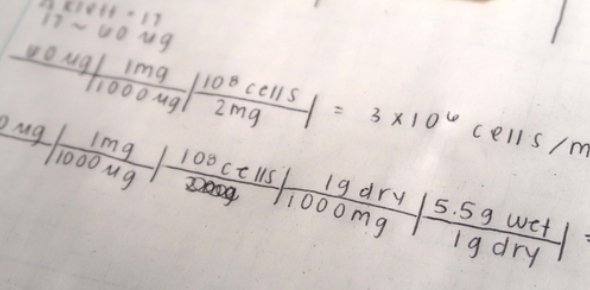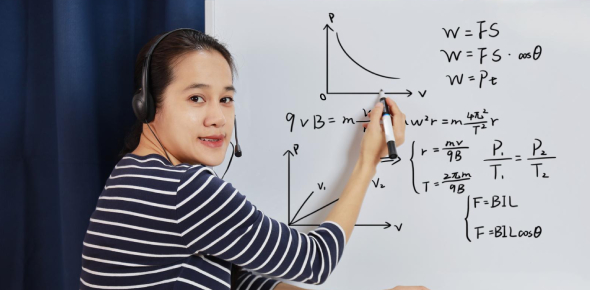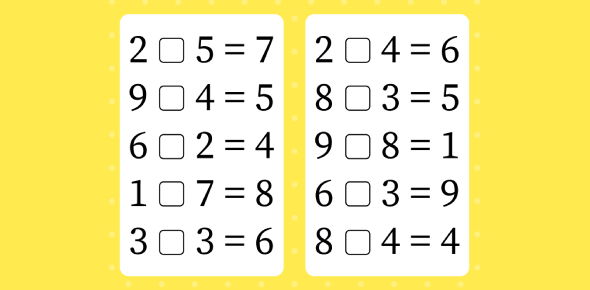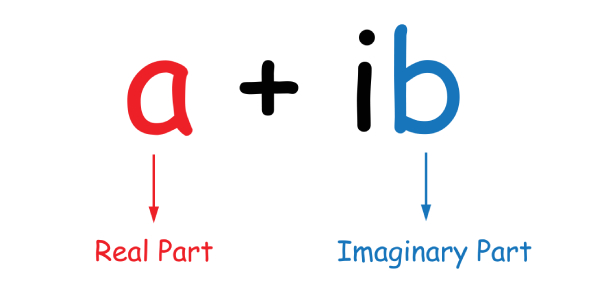Factor-label method Quiz in Mar 2025
Edited by Jenni AI Editorial TeamQuestions: 10

For students of math, we have brought a simple Factor-label method quiz right here. What do you know about this factor-label method? Do you know the use of it? The factor-label method is also known as dimensional analysis or unit conversions. This method is used to convert from one unit of measurement to another unit. Here, we will see how skilled you are with the factor-label method. Answer some questions, score high, and prove your knowledge.


